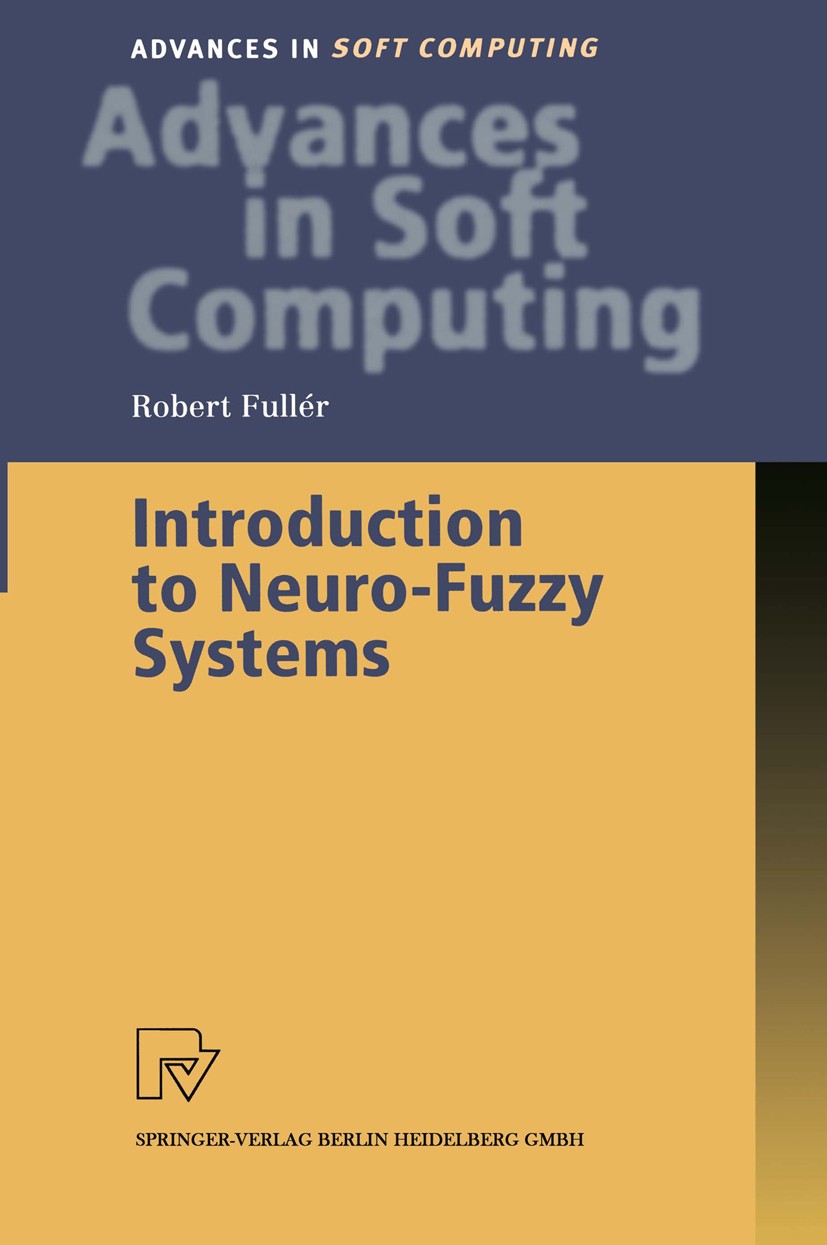| 书目名称 | Introduction to Neuro-Fuzzy Systems |
| 编辑 | Robert Fullér |
| 视频video | http://file.papertrans.cn/474/473955/473955.mp4 |
| 概述 | Contains numerous exercises with solutions.Starts from the basics of fuzzy sets and neural nets then provides a broad overview of integrated approaches |
| 丛书名称 | Advances in Intelligent and Soft Computing |
| 图书封面 |  |
| 描述 | Fuzzy sets were introduced by Zadeh (1965) as a means of representing and manipulating data that was not precise, but rather fuzzy. Fuzzy logic pro vides an inference morphology that enables approximate human reasoning capabilities to be applied to knowledge-based systems. The theory of fuzzy logic provides a mathematical strength to capture the uncertainties associ ated with human cognitive processes, such as thinking and reasoning. The conventional approaches to knowledge representation lack the means for rep resentating the meaning of fuzzy concepts. As a consequence, the approaches based on first order logic and classical probablity theory do not provide an appropriate conceptual framework for dealing with the representation of com monsense knowledge, since such knowledge is by its nature both lexically imprecise and noncategorical. The developement of fuzzy logic was motivated in large measure by the need for a conceptual framework which can address the issue of uncertainty and lexical imprecision. Some of the essential characteristics of fuzzy logic relate to the following [242]. • In fuzzy logic, exact reasoning is viewed as a limiting case of ap proximate reasoning. • |
| 出版日期 | Textbook 2000 |
| 关键词 | fuzzy; fuzzy logic; fuzzy set; fuzzy system; learning; linear optimization; logic; modeling; neuro-fuzzy sys |
| 版次 | 1 |
| doi | https://doi.org/10.1007/978-3-7908-1852-9 |
| isbn_softcover | 978-3-7908-1256-5 |
| isbn_ebook | 978-3-7908-1852-9Series ISSN 1867-5662 Series E-ISSN 1867-5670 |
| issn_series | 1867-5662 |
| copyright | Springer-Verlag Berlin Heidelberg 2000 |
 |Archiver|手机版|小黑屋|
派博传思国际
( 京公网安备110108008328)
GMT+8, 2025-11-19 02:13
|Archiver|手机版|小黑屋|
派博传思国际
( 京公网安备110108008328)
GMT+8, 2025-11-19 02:13


